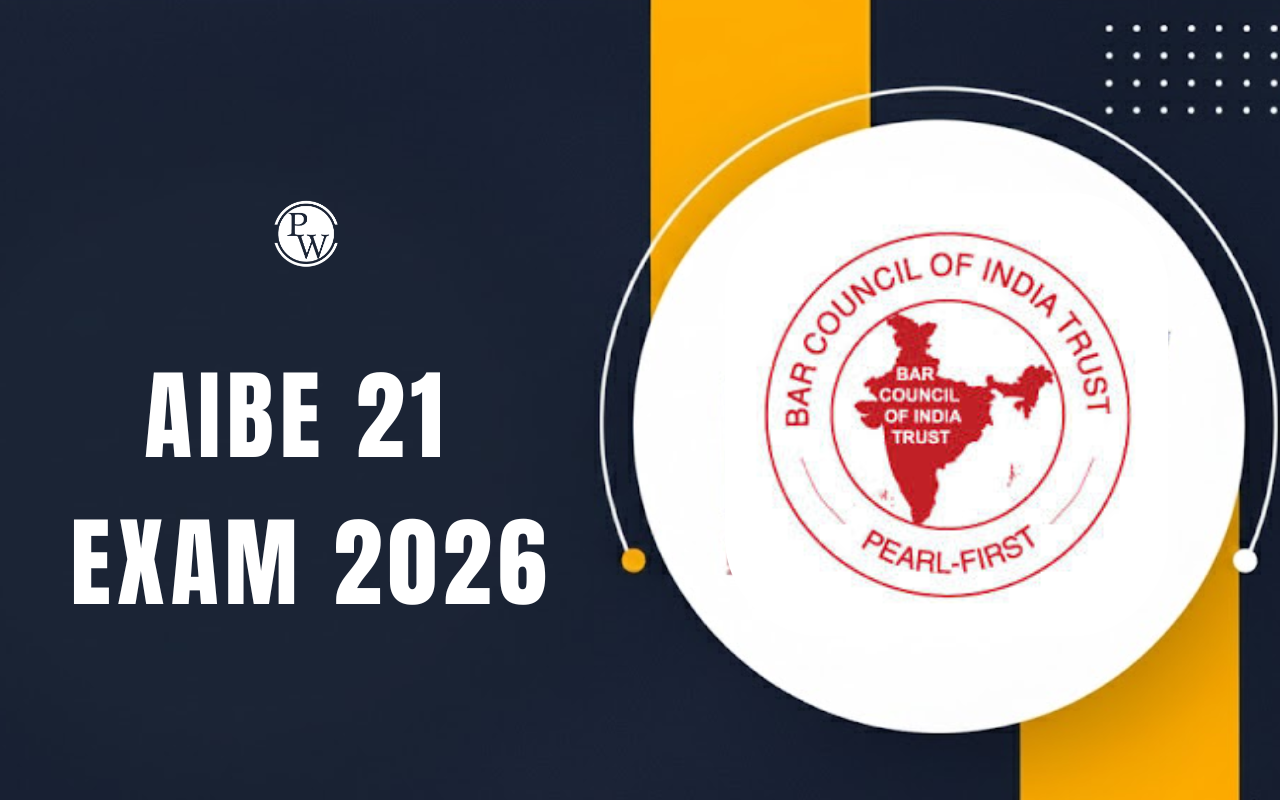
Integrated Judicial System in India creates the backbone of the judiciary while ensuring uniformity and coherence in the administration of justice. This system is designed to establish a hierarchical structure of courts, which enables a seamless mechanism to resolve disputes at various levels. This system is a very crucial component of India’s democratic framework and promotes consistency in judicial decisions across the nation.
In this guidepost, we will explore the Integrated Judicial System in India Overview, its structure, key features, and the roles it plays in maintaining justice. We will also overview its advantages and disadvantages, providing a comprehensive understanding of this unique judicial framework.
Integrated Judicial System in India Overview
The Integrated Judicial System in India refers to a unified structure where the Supreme Court remains at the topmost level, followed by the High Courts and the subordinate courts. Not like federal systems in other countries, where state and federal courts function independently, India’s judiciary operates as a single entity. This ensures a uniform interpretation of laws, which is a vital factor for maintaining the rule of law in a diverse country like India.- The judiciary operates independently of the legislature and executive.
- It ensures uniform application of laws across the country.
- The Supreme Court stands at the apex of the system, followed by High Courts and subordinate courts.
Role of an Integrated Judicial System in India
The role of an Integrated Judicial System in India is essential in protecting the Constitution, resolving disputes, and upholding citizens’ fundamental rights. It extends beyond mere adjudication. It acts as a guardian of the Constitution and plays a key role in preserving democracy.
- Ensures Uniformity : A unified system ensures consistent interpretation and application of laws across states.
- Strengthens Justice Delivery : Hierarchical structures provide the right way for appeals, ensuring justice is accessible to all.
- Protects Fundamental Rights : Courts at every level are empowered to protect the fundamental rights of citizens, by addressing violations of rights and the judiciary protects individual's freedom.
- Acts as a Check on Executive and Legislative Powers : The judiciary ensures that executive and legislative actions align with constitutional mandates.
- Interpreting the Constitution : The judiciary ensures the Constitution is interpreted to highlight its spirit and intent.
- Resolving Disputes : It acts as an impartial arbiter in conflicts between states, individuals, and the government.
- Judicial Review : Ensures laws and executive actions align with constitutional principles.
- Fostering Social Justice : Through proactive measures like PILs, it addresses societal inequalities.
Structure of Integrated Judicial System in India
The Structure of the Integrated Judicial System in India is well-defined and hierarchical which is specially designed to maintain consistency and fairness in the administration of justice. It operates on three levels:1. Supreme Court
- At the apex of the judicial pyramid, the Supreme Court is the highest court in India. It has jurisdiction over constitutional matters, appeals from lower courts, and advisory roles to the President.
- This apex court was established under Article 124 of the Constitution.
- Acts as the final authority on constitutional and legal matters.
- Functions as a guardian of the Constitution and enforces Fundamental Rights.
2. High Courts
- Each state or a group of states has a High Court, which functions as the principal civil and criminal court. High Courts oversee the subordinate courts within their jurisdiction.
- Established under Article 214, each state or group of states has its High Court.
- High Courts oversee subordinate courts within their jurisdiction.
- They handle appeals, record petitions and ensure the proper application of the law.
How to Become High Court Judge
3. Subordinate Courts
- These include district courts and other lower courts like Civil, Criminal, and Family Courts, which handle civil and criminal cases at the grassroots level.
- This hierarchical structure supports the Integrated Judicial System in India, ensuring that laws are applied consistently across all levels.
- Operate at the district level, addressing civil and criminal cases.
- Governed by the High Court of their respective states.
Features of Integrated Judicial System in India
The features of the Integrated Judicial System in India differentiate from judicial systems in other countries which makes it unique and effective:- Single Hierarchy : All courts operate under a single system, from the Supreme Court to the village-level courts.
- Binding Precedents : Decisions made by higher courts are binding on lower courts, ensuring uniformity.
- Judicial Independence : The judiciary operates independently of the executive and legislative branches.
- Unified Civil and Criminal Courts : Both civil and criminal matters are adjudicated within the same system.
- Constitutional Authority: The judiciary derives its power from the Constitution, ensuring its independence and supremacy.
- Public Interest Litigations (PILs): Citizens can approach courts directly for the protection of their rights, facilitating inclusivity.
Advantages and Disadvantages of Integrated Judicial System in India
The Integrated Judicial System in India has many merits, which include uniformity and efficiency, but on the other hand, it also faces significant challenges like overburdened courts and procedural delays. Below is a detailed table that highlights the key advantages and disadvantages:
| Advantages | Disadvantages |
|---|---|
| Uniformity in Law : Ensures consistent legal interpretation across the country. | Overburdened Courts : Excessive workload leads to delays in justice delivery. |
| Simplified Appeal Process : A clear hierarchical structure makes the appeal process straightforward. | Complex Procedures : Lengthy legal processes discourage individuals from pursuing justice. |
| Judicial Efficiency : Guidance from higher courts enhances the efficiency of the judicial process. | Regional Disparities : Uniform application of laws may overlook local customs and needs. |
| Equality Before Law : Promotes equal treatment irrespective of state or region. | Limited Resources : Subordinate courts often face resource constraints, affecting their performance. |
| Strong Constitutional Safeguard : Ensures checks and balances through judicial independence. | Centralized Power : Reliance on the Supreme Court can undermine state autonomy in certain cases. |
Integrated Judicial System in India FAQs
Q1. What is the Integrated Judicial System in India Overview?
Q2. What is the Role of an Integrated Judiciary in India?
Q.3 What is the Structure of Indian Judiciary?
Q4. What are the Features of Integrated Judiciary in India?
Q5. What are the Advantages of Integrated Judicial System?
Q.6 What are the Disadvantages of Integrated Judicial System in India?










